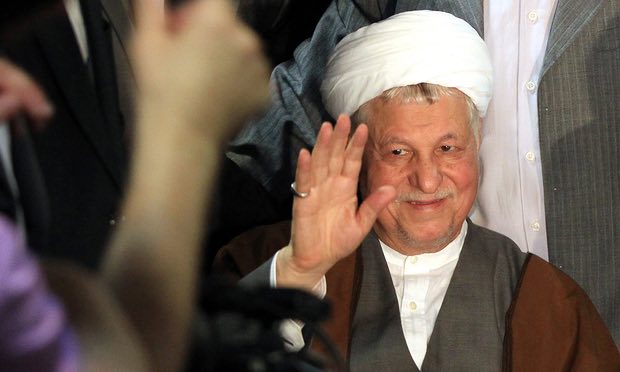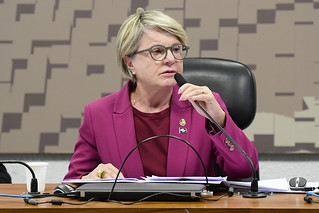Rafsanjani, founding member of Iran’s 1979 Islamic Revolution and president for two consecutive terms, dies in Tehran
Ali Akbar Hashemi Rafsanjani, Iran’s greatest political survivor who served as president for two consecutive terms, has died aged 82. Rafsanjani, a pragmatist ayatollah considered the country’s second most powerful political figure for much of the Islamic Republic’s history, died in hospital in north Tehran on Sunday, according to local news agencies.
He “died today due to heart complications at the Shohadaye Tajrish hospital”, the semi-official Isna news agency reported. State-run television put political differences aside by displaying a black banner on all its official channels and Hossein Marashi, a close relative of the cleric, said he was scheduled to be buried after a funeral procession on Tuesday. Iran has declared three days of national mourning.
Rafsanjani was a founding member of Iran’s 1979 Islamic revolution and a close confidant of the current supreme leader, Ayatollah Ali Khamenei, for much of the 1980s and 1990s. But his political allegiances later shifted towards reformists, especially after a rift grew between him and Khamenei over the 2009 disputed presidential elections.
His death will deal a blow to moderates, particularly the current president, Hassan Rouhani, of whom he was a major backer. Rafsanjani voiced moderate support for Iran’s Green movement in 2009 while Khamenei stood firm by the then president Mahmoud Ahmadinejad and denied any allegations of vote rigging. “The soul of a giant man of revolution, politics, a symbol of patience and strength, has ascended to skies. #Hashemi-Rafsanjani,” Rouhani tweeted in reaction to Rafsanjani’s death.
As a result of his confrontation with Khamenei, who has the final word in all state matters in Iran, Rafsanjani’s authority diminished and two of his children were jailed on separate charges. Pro-Khamenei supporters targeted him with a barrage of attacks, often refraining from using his title (ayatollah) in the public press, saying he was no longer loyal to the supreme leader.
The rift between Khamenei and Rafsanjani meant the latter was greatly sidelined in recent years but, until his death, he was the head of Iran’s expediency council, an influential body that mediates between the parliament and the guardian council. He was also a senior member of Iran’s assembly of experts, which has the task of appointing the country’s next supreme leader. In 2013, his bid for presidency was blocked by hardliners because he was deemed too old.
“Rafsanjani’s death will weaken Rouhani’s government and will also negatively affect the country’s reformist movement,” Sadeq Zibakalam, a prominent Tehran University professor, told the Guardian in a phone call from the Iranian capital. “Rafsanjani’s political life can be divided in two parts. In the first part, he was part of the establishment and the country’s political system. Until Imam Khomeini’s death, he had an immense power in Iran.
“But after his time as president and particularly in the past two decades, he lost his influence and only had a ceremonial position. That was because he leaned towards democracy and freedom, which were the primary values of the revolution itself. This earned him a great deal of animosity among radical factions who attacked him and insulted him repeatedly until his death.”
After the 1979 revolution, Rafsanjani became the country’s first speaker of the parliament, a job he kept for nine years. During the Iran-Iraq war, he was the supreme leader Ayatollah Ruhollah Khomeini’s top representative in the supreme defence council, acting as the de facto commander-in-chief of the Iranian military. When Khomeini died in 1989, Rafsanjani played an instrumental role in the appointment of Ayatollah Ali Khamenei as the current supreme leader.
While he was in power, however, he was a moderate politician famous for his pragmatism. He served two terms from 1989 to 1997. During his leadership, Iran went through an extraordinary transformation as the country focused on post-war construction and industrial revival. Last June, Rafsanjani revealed in a newspaper interview that two people had been shortlisted by the assembly to become candidates to succeed Khamenei but there has been no official confirmation about the candidates. Rafsanjani’s death is likely to revive speculations about Khamenei’s succession. The supreme leader is 77 years old.






